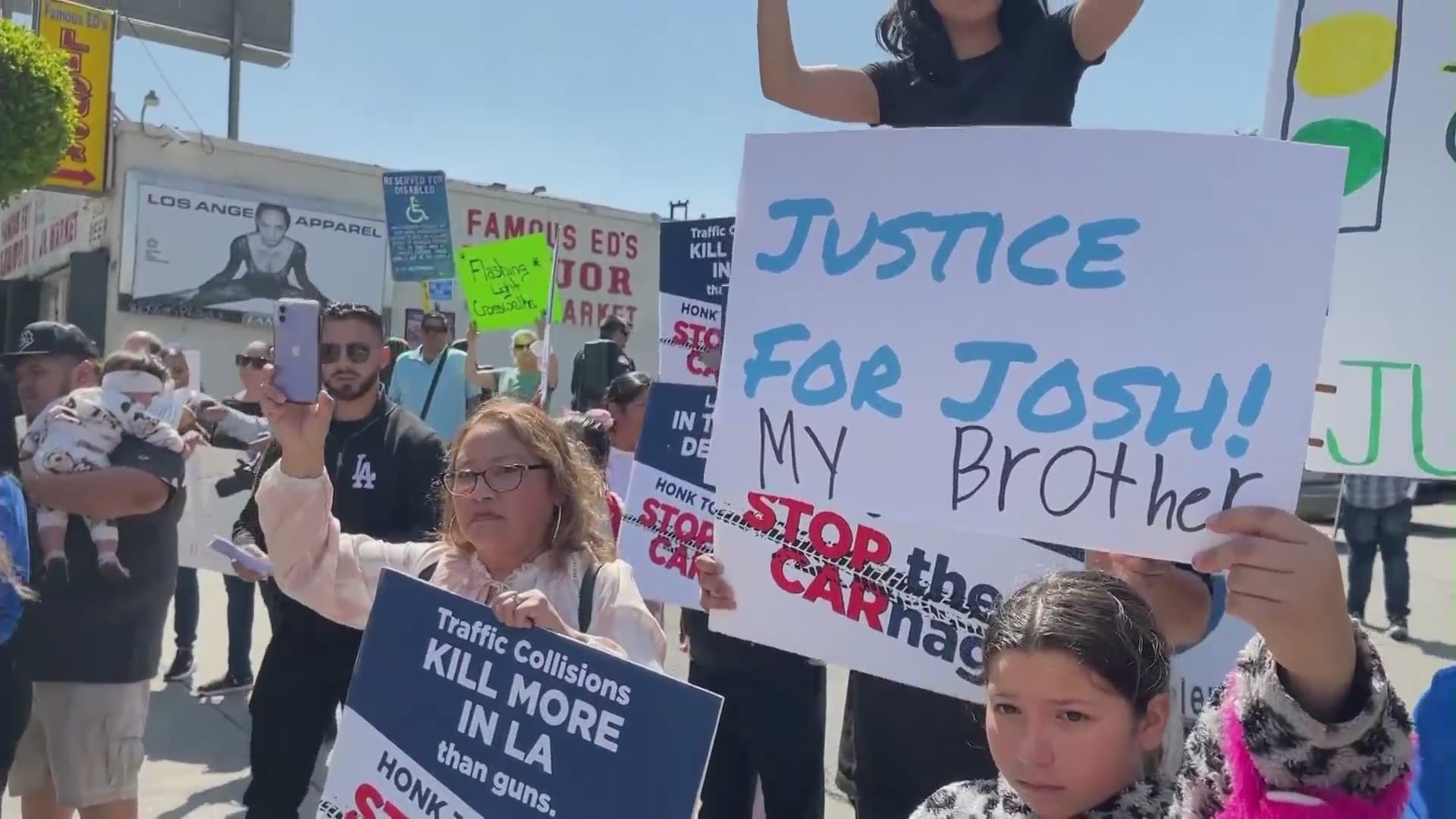House Held Vote on Releasing Jeffrey Epstein Files, Key Next Steps
The House of Representatives voted on November 18 on legislation that would compel the Justice Department to turn over its files on Jeffrey Epstein, a move that responds to persistent public demand for transparency. The vote advances congressional oversight, but it does not by itself guarantee release of records, and the path to disclosure will likely involve the Senate, the White House, or federal courts.

On November 18 the House of Representatives took up and voted on a bill aimed at forcing the Justice Department to disclose its files concerning Jeffrey Epstein, the financier convicted of sex offenses whose connections and conduct have drawn intense public scrutiny. The floor action represented a high profile exercise of Congress's oversight function but offered only the first institutional step in a longer process toward public access to potentially sensitive federal records.
Legislative proponents framed the measure as a response to longstanding questions about prosecutorial decisions and the extent of official knowledge about Epstein's activities. Opponents raised concerns about legal limits on disclosure, including protections for grand jury material, privacy interests of victims and third parties, and the potential for classified information to be implicated. Those competing institutional priorities shaped debate over whether a single House vote could compel an executive branch agency to comply.
A vote in the House does not by itself effectuate the release of Justice Department files. If the measure passed the House, it would need to clear the Senate and reach the president's desk to become law. Even as statutory authority could impose new obligations on the department, legal barriers could prompt litigation that delays or narrows disclosure. Federal courts routinely enforce grand jury secrecy rules and oversee disputes over classified material and law enforcement files, so any compelled disclosure would face judicial review that could stretch for months or years.
The mechanics of oversight matter as well. Congress can attempt to use subpoenas, appropriations riders, or specific statutory mandates to obtain records. The executive branch retains tools to resist or negotiate the scope of production, and Justice Department leaders have in the past contested congressional demands when they cite executive privilege or separation of powers concerns. Those institutional fault lines between the legislative and executive branches will determine how much material is ultimately shared and on what timeline.
For the public following the vote, the immediate implications are political and procedural. The House proceeding, carried on congressional feeds and public television, elevated the issue and signaled continued congressional interest in transparency around high profile criminal cases and prosecutorial conduct. That visibility also reinforced pressure on other institutions to respond, including the Senate and the Justice Department.
Looking ahead, the critical milestones are clear. Passage in the House would move the measure to the Senate for consideration, where procedural hurdles can delay or block action. If enacted, implementation would involve decisions by the Justice Department about redaction, potential referral to courts, and negotiation over what is released. Victims advocacy groups, oversight bodies, and the public will monitor those steps closely because the stakes include both accountability for past failures and precedent for how sensitive law enforcement materials are handled in future oversight matters.
The November 18 House vote therefore marks an important moment in the pursuit of transparency, but it is not the final act. The release of the Epstein files, if it occurs, will be the product of interbranch negotiation, legal adjudication, and continued civic pressure.


